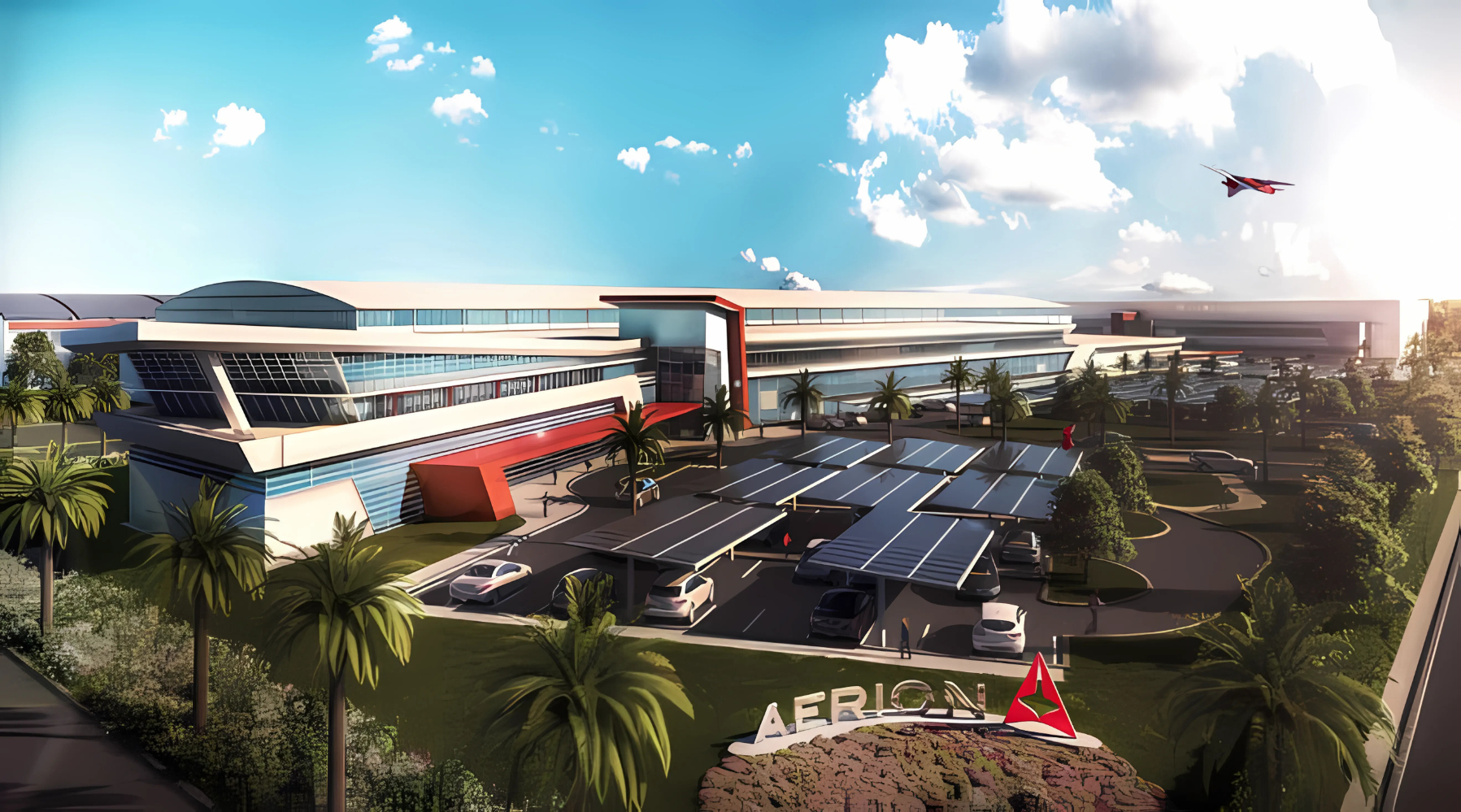
When You’re So Far Ahead of Your Time That You Collapse: The Story of Aerion
Aerion Supersonic was once poised to redefine private aviation with its supersonic jet, the AS2. Its ambitious vision—to bring supersonic travel back to the corporate travel world—was bold but ultimately met with obstacles that even cutting-edge technology couldn’t overcome. Building a project far ahead of its time, especially one that demands regulatory and operational changes beyond its control or overwhelmingly burdensome, proved to be a significant risk. For Aerion, this meant struggling against a regulatory and operational landscape that wasn’t ready to support supersonic travel. The AS2 required adjustments in airspace management, but without influence or resources to sway these changes, Aerion found itself stalled by factors outside its reach.
- What Airport Do Private Jets Fly Into In Las Vegas? - November 15, 2024
- China’s Comac is on the Rise with its C919 Jet, and Boeing, Airbus are Sensing That - November 13, 2024
- India’s Former $1.8 Billion Aviation Giant, Jet Airways, Ordered to Liquidate Assets by Supreme Court - November 9, 2024



